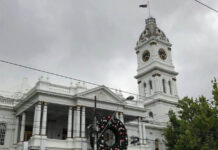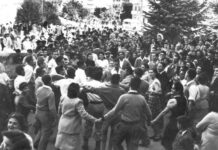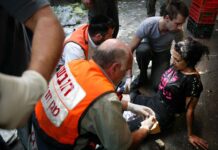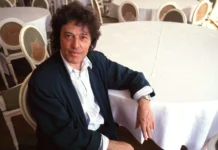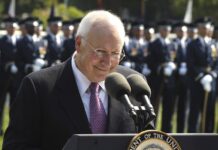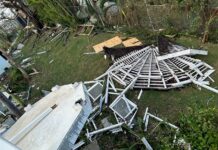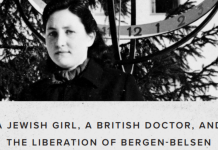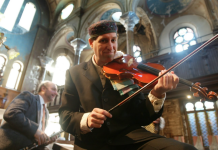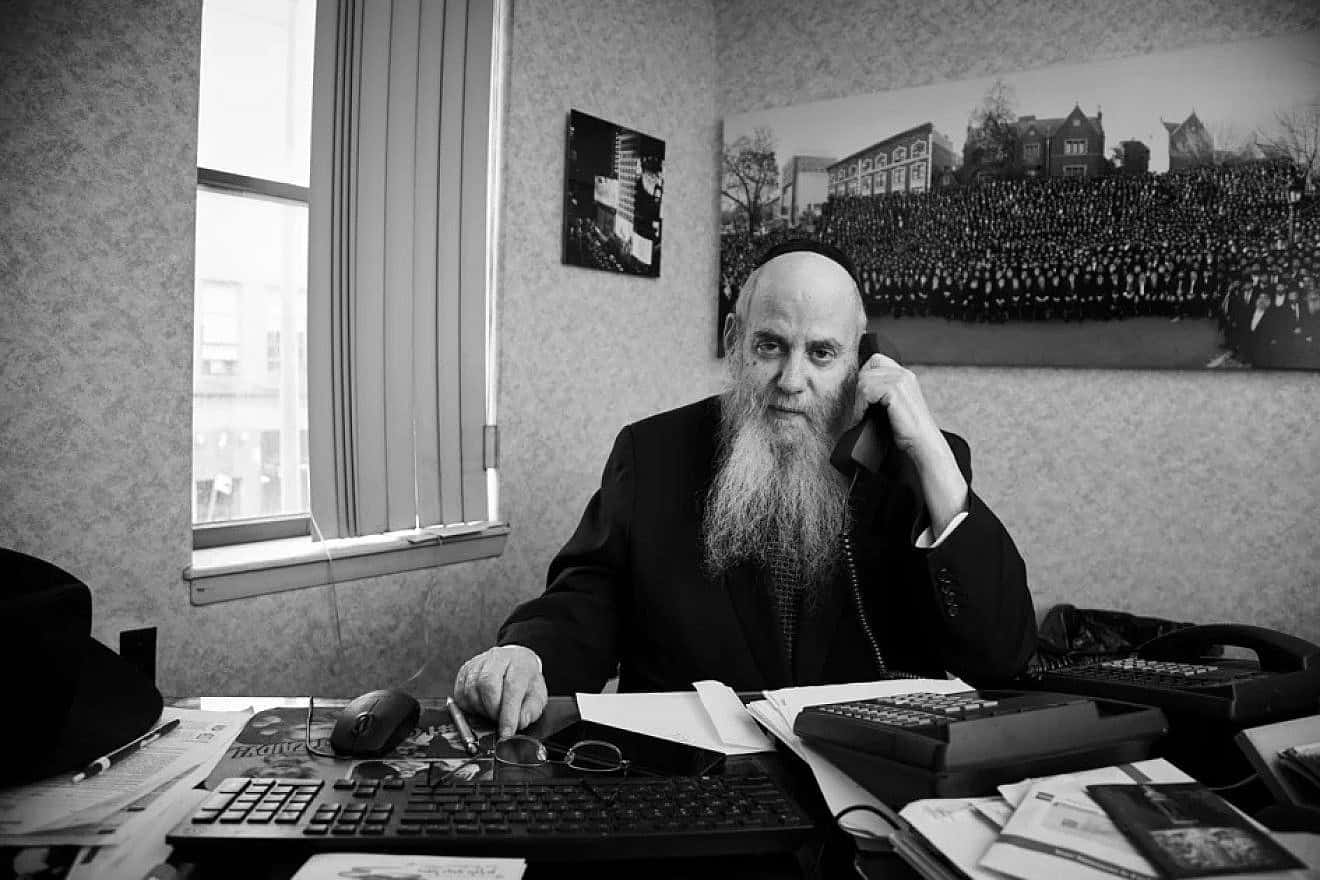Rabbi Moshe Kotlarsky, the energetic vice chairman of Merkos L’Inyonei Chinuch—the educational arm of the Chabad-Lubavitch movement—died after a lengthy illness on June 4. He was 74 years old, four days shy of his 75th birthday.
Kotlarsky was instrumental in growing Chabad’s global footprint. With an endearing personality and ability to easily connect with others, Kotlarsky encountered thousands of people in his decades of peripatetic travel on behalf of Chabad-Lubavitch, serving alternatively as rabbi, fundraiser and friend.
Kotlarsky became well-known for his role in the annual Kinus Hashluchim, or International Conference of Chabad-Lubavitch Emissaries, directing an army of planners, staff and volunteers to ensure every detail of the massive event was perfect. As Chabad’s institutional network expanded over the years to almost 6,000 emissary couples in more than 100 countries worldwide, so did the Kinus. Its banquet eventually became the largest sit-down dinner in New York City, outgrowing all its formal venues.
In 2023, more than 6,500 Chabad emissaries and their guests gathered at the New Jersey Convention Center.
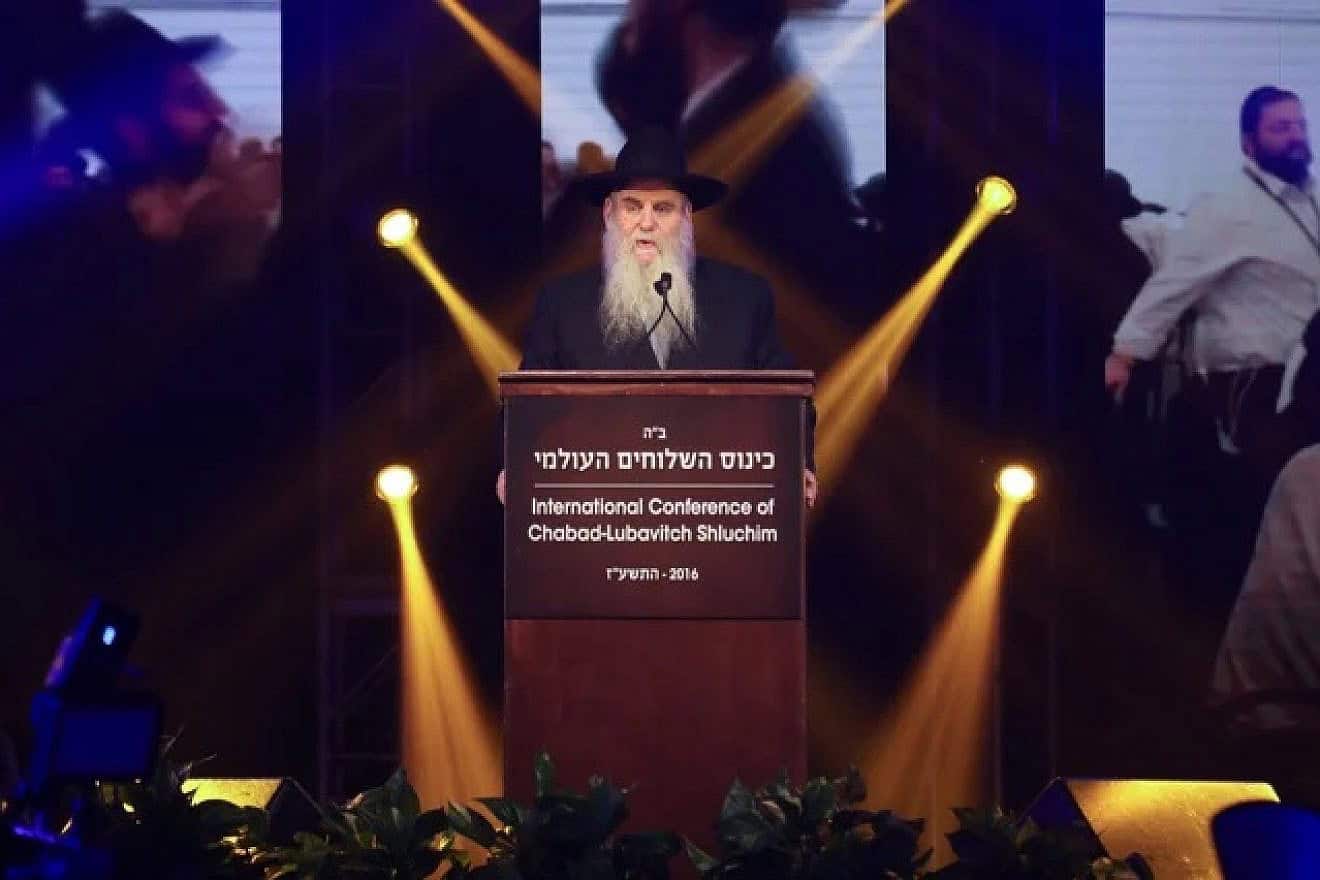
Kotlarsky would emcee the banquet annually, announcing the roll of Chabad emissaries by country and state, memorably bringing it to a crescendo with a call for “spontaneous dancing.”
Though comfortable in the spotlight, Kotlarsky also worked tirelessly behind the scenes. When in need of communal advice or facing personal hardship, emissaries knew they could count on Kotlarsky for his mentorship and support. His dedication to projects large and small, while remembering to bring chocolate for far-flung emissary children, earned him affection and respect among generations of emissary families.
Messenger
Rabbi Moshe Yehuda Kotlarsky was born on May 28, 1949, in Brooklyn, N.Y., to Rabbi Tzvi Yosef and Golda Kotlarsky. While his mother was American-born, his father was a survivor from Poland who lost most of his family in the Holocaust. He studied in Yeshivat Chachmei Lublin and then Tomchei Tmimim-Lubavitch in Warsaw and Otwock, escaping the Nazi onslaught with the help of a visa issued by Japanese diplomat Chiune Sugihara, which allowed him to find refuge in occupied Shanghai.
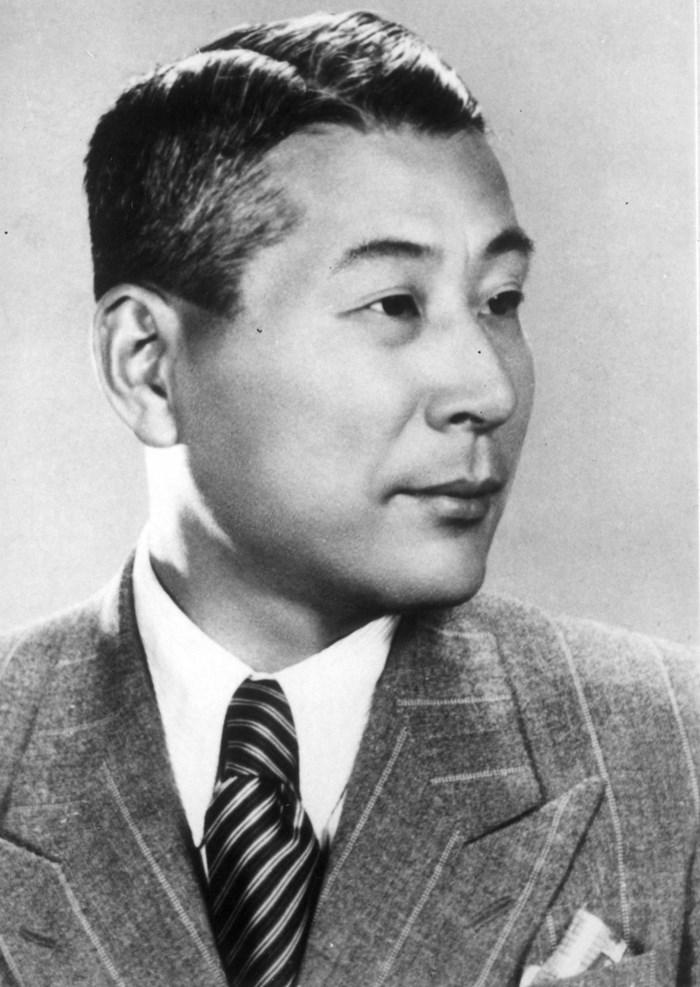
Kotlarsky was raised in Brooklyn’s Crown Heights neighborhood and attended yeshivah there before continuing his studies in Montreal. Even as a young yeshivah student, he actively participated in the Rebbe’s mitzvah campaigns.
In Canada, Kotlarsky once persuaded the famous Yiddish comedian Shimon Dzigan to wear tefillin, which moved Dzigan so much that he was late for his show. Dzigan explained to the audience that he couldn’t refuse a request from a Lubavitcher yeshivah student to wear tefillin, and the emotional experience caused his makeup to run.
Kotlarsky married Rivka Kazen in 1970. Like so many young Chabad Chassidim, the Kotlarskys expressed to the Lubavitcher Rebbe—Rabbi Menachem Mendel Schneerson—their wish to set out to some distant point on the globe where they could serve as shluchim. It soon became clear, however, that Kotlarsky’s life mission was to be fulfilled in the work of Merkos L’Inyonei Chinuch.
For decades, he spent more time on the road than at home, traveling on buses and planes—at first throughout the United States and South America, and then Europe, the Far East and even the Himalayas.
While supporting her husband’s work and raising their large family, Rivka was constantly active in the Rebbe’s mitzvah campaigns and taught young women at the flagship Lubavitch women’s school, Beth Rivkah. Her Crown Heights home served as a home base for Jews from Belgrade to Taipei, who knew they could always find an open door.
During his travels on behalf of the movement, Kotlarsky would meet with the leaders and members of local Jewish communities, listening to them attentively and carefully considering their needs. Did they have Jewish education for their children? A functioning mikvah? Access to kosher food? Kotlarsky would assess all these factors and suggest ways that Lubavitch could assist them in strengthening their community. In some cases, they would ask that Chabad send an emissary couple to help them. All of this Kotlarsky would put into a detailed report for the Rebbe’s review.
Kotlarsky went wherever he was needed, sometimes not even knowing why he was being sent.
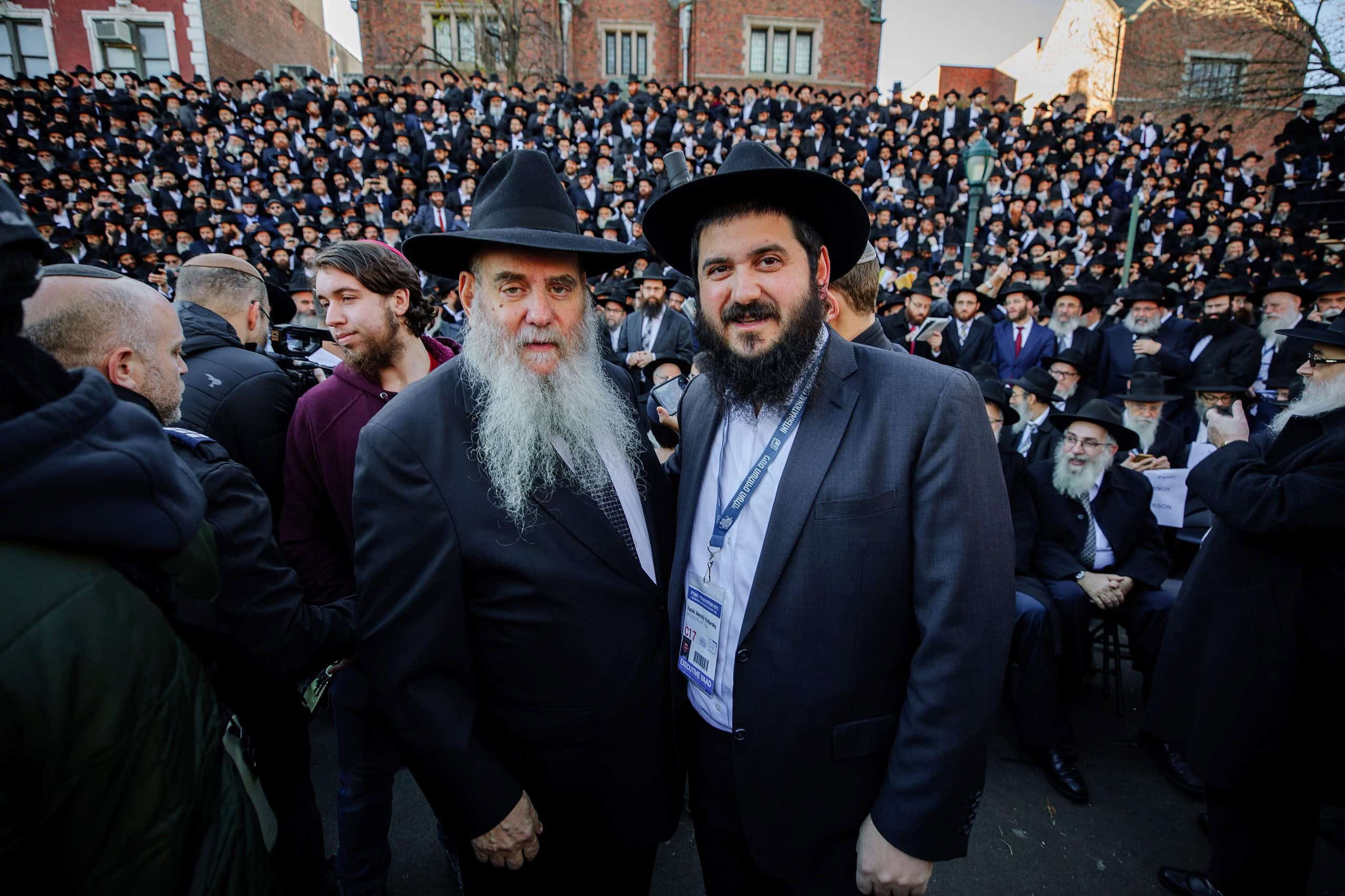
Like the time in January of 1984 when he got a phone call at home from Rabbi Chaim Mordechai Aizik Hodakov, the Rebbe’s chief of staff, telling him: “The Rebbe wants you to go to Curaçao immediately.” Upon arrival on the Caribbean island with a friend, they promptly hailed a taxi to the synagogue. However, instead of taking them to the famed Mikveh Israel synagogue, the cab driver took them to another, much smaller one from which a man was exiting. “We were sent here by the Lubavitcher Rebbe,” Kotlarsky told the man.
The man, named Chaim Groisman, nearly fainted. Groisman, it emerged, was a local Jew whose family was going through a crisis. Their son, Eli, was being harassed in his Protestant school for not attending mandatory religious services. It got so bad that they started keeping him home from school, only to receive warning letters that by law they had to send him to school. The Groismans didn’t know what to do.
One night, Chaim Groisman had a dream in which his late grandmother appeared and told him that if ever there was a time he was in trouble, he should turn to the Lubavitcher Rebbe. He’d never heard of the Rebbe before. The next day, Kotlarsky and his traveling companion showed up.
“Rabbi Kotlarsky invited me to go to New York and attend Camp Gan Israel in the Catskills that summer, and later to yeshivah that started in September,” Eli Groisman recalled. “This was the answer to our prayers, and I accepted the offer immediately.”
Groisman later wrote a letter of thanks to the Rebbe for sending his emissaries and caring for “a small Jew from Curaçao.”
“I must … take exception to your referring to yourself as ‘a small Jew from Curaçao,’” the Rebbe wrote to him … [T]here is no such thing as a ‘small Jew,’ and a Jew must never underestimate his or her tremendous potential.”
For the rest of his life, Kotlarsky would cite these words from the Rebbe as a source of personal guidance and inspiration.
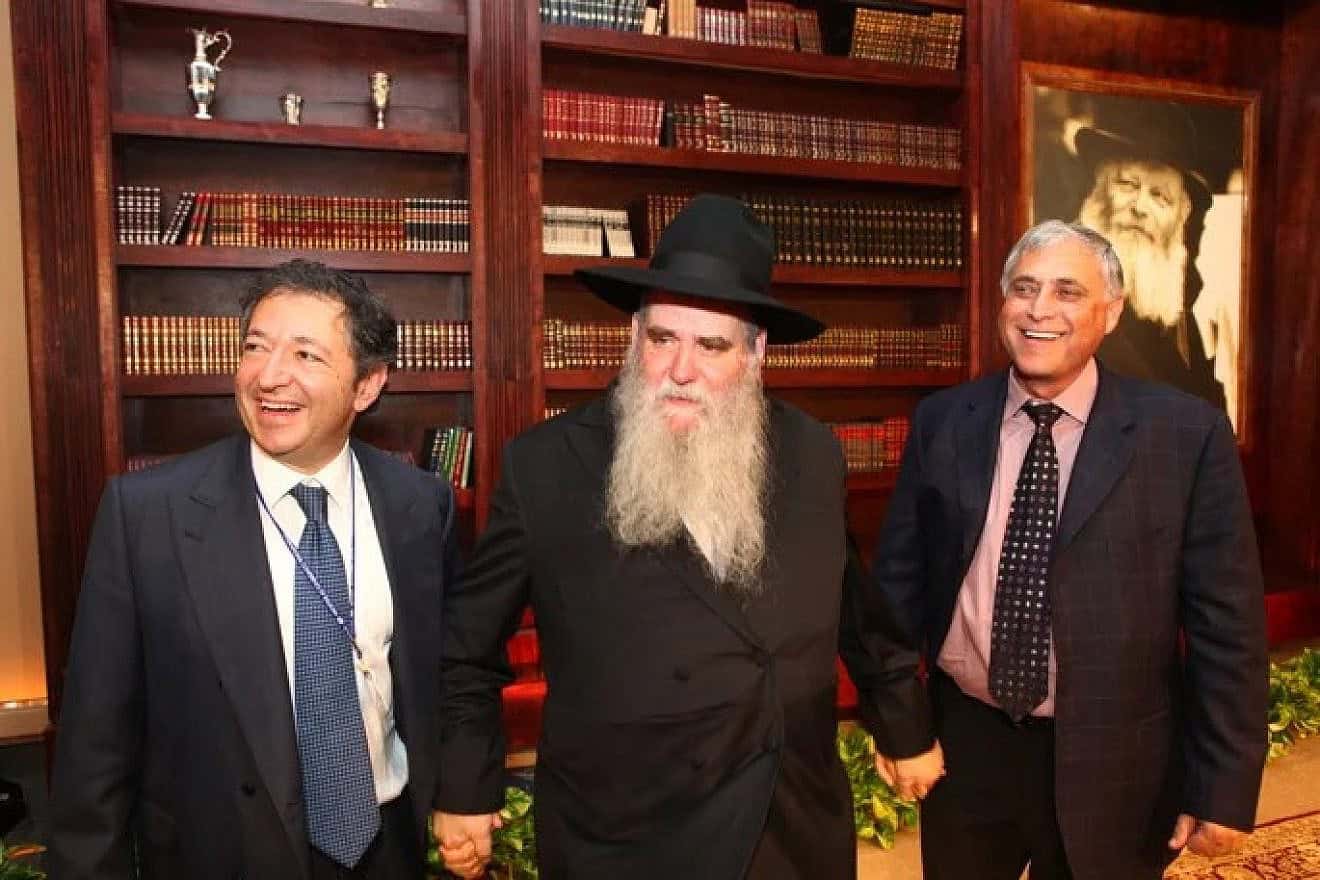
Partnerships
It was on one of his travels, this time to Bogotá, Colombia, that he met Jewish businessman Sami Rohr. Their friendship quickly blossomed, and by the late 1970s, a regular visitor to the Kotlarsky’s Crown Heights home was Sami’s son, a young recent graduate from Harvard University named George. The extended Rohr family would go on to partner with Chabad and provide seed money and ongoing support to hundreds of Chabad centers and thousands of Chabad programs—bringing the Rebbe’s vision of a Jewish renaissance to college campuses, the former Soviet Union and communities all over the world.
“I will never forget when I visited him in the hospital just days before he passed away,” Kotlarsky wrote about Sami Rohr. “His first words to me were, ‘Nu, Rabbi Kotlarsky? Did you bring me some new ‘business’ today?’”
Kotlarsky heavily expanded Chabad’s rabbinical visitation program, which sees rabbinical students fan out across the world during the summer break and other times of the year; helped found Chabad on Campus International and the Rohr Jewish Learning Institute, both of which he chaired; and spearheaded an array of initiatives, including CTeens, CKids, Chabad Young Professionals and Chabad on Call.
At this year’s Kinus, during his annual report on Chabad’s massive expansion during the past year, Kotlarsky reiterated, as he always did, that it was not a time to rest.
“We know we have a great deal of work still ahead,” he said. “The Rebbe once said, you could have 1,000 people in your community. If only 999 have been touched and one wasn’t … the mission has not yet been accomplished.”
In addition to his wife, Rivka, he is survived by their children: Chanie Wolowik (Woodmere, N.Y.); Rabbi Mayer Kotlarsky (Boca Raton, Fla.); Sarah Benjaminson (Glenview, Ill.); Nechama Greenberg (Vista, Calif.); Rabbi Mendy Kotlarsky (Brooklyn, N.Y.); Rabbi Sruly Kotlarsky (Lafayette Hill, Pa.); Rabbi Levi Kotlarsky (Brooklyn, N.Y.); Rabbi Dovid Kotlarsky (Chicago); Goldie Perlstein (Gainesville, Va.); and many grandchildren and great-grandchildren.
Reprinted with permission from Chabad.org/News.




